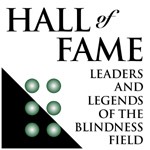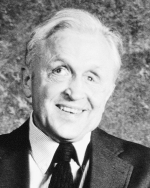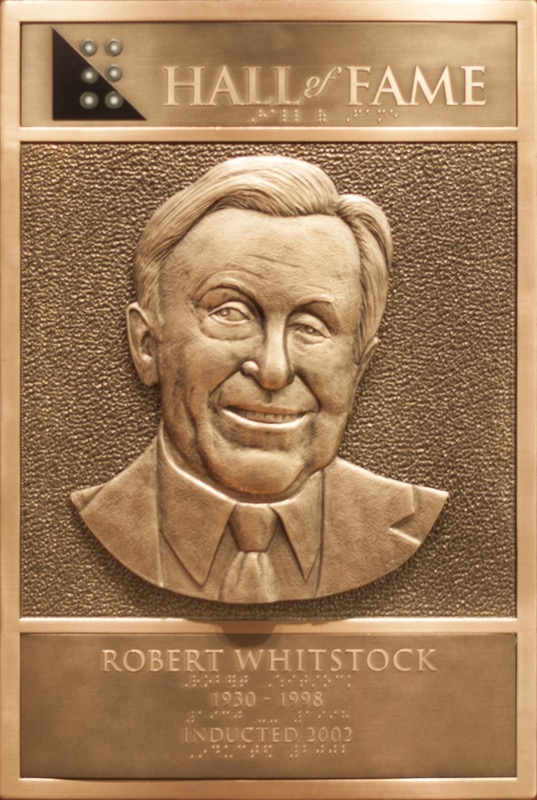Robert H. Whitstock
Inducted 2002
Robert H. Whitstock (1930-1998) was born in New York City and attended the New York Institute for the Education of the Blind. He received a B.A. in political science and history from Hamilton College in Clinton, New York, graduating third in his class in 1952. He was a member of Phi Beta Kappa Honor Society. He graduated from Harvard Law School in June, 1955 and passed the New York bar the following month. He married Mary Jane Noonan in 1954 and they had five children and eight grandchildren.
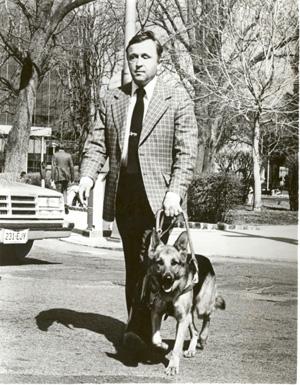
Robert H. Whitstock taught high school social studies at the New York Institute for the Education of the Blind. He joined The Seeing Eye in 1957 as Administrative Assistant, serving as the principal field representative. During this time he traveled hundreds of thousands of miles throughout the United States and Canada demonstrating always with grace and class the virtues of travel with a dog guide. He was promoted to Vice President of Field Services in 1967 and then to Vice President for Programs in 1977 when he assumed responsibility for overseeing the breeding, puppy raising and training of Seeing Eye dogs, and the students’ course of instruction in working with and caring for their new dog guides. He served in that position until his retirement in 1992, truly a leader in the dog guide movement.
Kenneth Rosenthal, President of The Seeing Eye, said of Robert H. Whitstock, "Indeed, for thousands of its graduates and many people in the field of service to the blind, he was The Seeing Eye. No obstacle, not even his blindness, could stand in his way, and he achieved more in his lifetime than most of us dare to dream about. The strong and effective organization he left behind will be his enduring legacy."
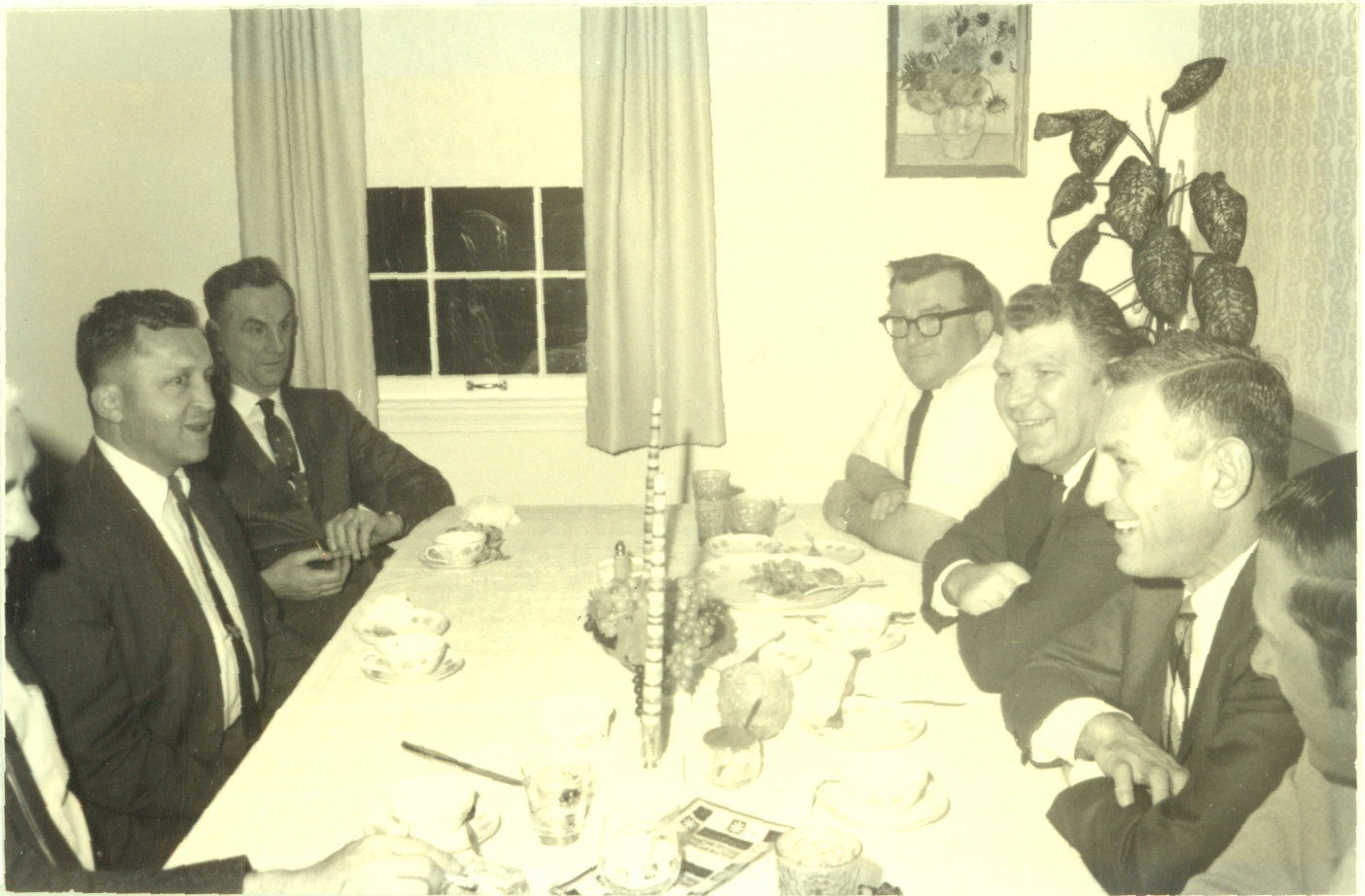
Robert H. Whitstock served as President of the American Association of Workers for the Blind (AAWB) from 1973 to1975 and served on the national board as a past president until 1977. He had also served as chairman of AAWB’s Orientation and Mobility interest group. His quiet strength and unique position enabled him to bridge the gap between various disciplines and service provider organizations. This helped the field to coalesce on issues relating to the capabilities and needs of people who are blind or visually impaired.
In addition to writing several significant articles on blindness as they related to mobility, public relations, and attitudes, he authored a chapter in the book Foundations of Orientation and Mobility edited by Welsh and Blasch and published by the American Foundation for the Blind in 1980.
Photos: Robert Whitstock and dog guide crossing a city street (Photo courtesy of the Archives of the American Foundation for the Blind); First AAWB Div. 9 Certification Committee, 1968—Robert Whitstock, Russell Williams, Pete Wurzburger, and others
